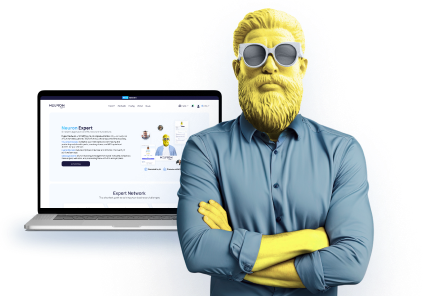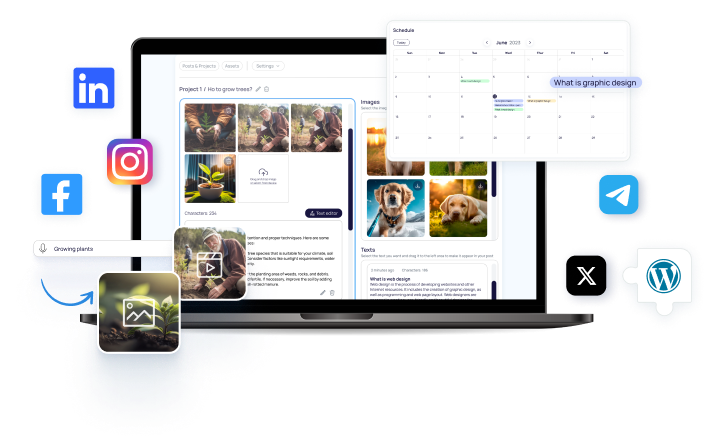The Future of Labor Unions in the Age of AI: Lessons from Volkswagen and IG Metall

Brief news summary
In the mid-20th century, labor unions played a crucial role in ensuring economic stability, as noted by Eleanor Roosevelt. Today, artificial intelligence (AI) is transforming industries by automating tasks and challenging traditional union strategies like strikes and collective bargaining. This evolution prompts critical questions about how unions can effectively protect workers in an AI-driven economy. To address these challenges, some unions advocate for contract provisions that guarantee AI transparency, human oversight, worker re-skilling, and updated labor laws focused on AI ethics and governance. A prominent example is Germany’s IG Metall agreement with Volkswagen, which emphasizes workforce transition measures such as early retirements, buyouts, job security, and union involvement in automation decisions. This approach offers valuable insights for U.S. unions, highlighting the importance of negotiated protections, mandatory re-skilling, AI impact assessments, and profit-sharing to safeguard workers. Historically adaptable, unions now have a chance to redefine their role by protecting jobs and facilitating fair workforce transitions amid AI advancements, fulfilling Roosevelt’s vision of technological progress paired with shared prosperity.Mid-20th-century leaders recognized organized labor not just as a bargaining tool but as a cornerstone of economic credibility. At the 1956 Amalgamated Clothing Workers of America Convention, Eleanor Roosevelt emphasized unions’ potential to represent all labor and improve the country, a message that remains relevant nearly seventy years later. With rapid advances in artificial intelligence (AI), the nature of work and the institutions protecting it face unprecedented challenges. Labor unions—historically vital in advocating for workers’ wages and conditions—now face the complex task of guiding transitions into a machine-augmented economy, where AI-driven disruptions may be subtle yet irreversible. Unions originated in the 19th-century trades and industrial movements, organizing around shared physical workplaces and clear tasks. Over time, they evolved into influential political forces, leveraging member dues to secure better wages, safer conditions, and legal protections. However, technology has persistently challenged labor’s scope: the mid-20th-century elimination of elevator-operator jobs due to automation was an early instance of this trend. Today, AI’s impact is broader and deeper, replacing whole functions from logistics and legal review to customer service and manufacturing, often outperforming humans in speed and cost-efficiency. Former President Barack Obama noted in 2024 that only elite coders may keep pace with AI-generated programming, highlighting automation’s reach into knowledge work and professional roles once seen as safe. This shift raises critical questions for unions. Traditional tools like strikes and contract negotiations were designed for human-centered workplaces; yet AI-powered workplaces involve algorithms and predictive models that do not respond to protests or conventional demands. Some unions have begun adapting by including contract clauses for algorithmic transparency, human oversight of AI decisions, and mandated re-skilling programs. Others advocate for labor laws that treat AI systems similarly to workplace safety measures, requiring audits and ethical standards. Political efforts may increasingly focus on candidates who prioritize digital rights and AI governance. Despite these steps, many unions remain reactive, addressing displacement after it occurs. AI’s faster learning curve and the invisibility of its disruptions until fully realized present a distinct challenge. The future of organized labor may rely on redefining its mission as a steward of equitable economic transitions rather than only a defender of existing jobs.
As elevator operators once yielded to automation, today’s workforce must acknowledge inevitable role transformations; unions’ ability to shape these changes remains crucial. The German model offers a promising example. In December 2024, Volkswagen AG and IG Metall, one of the world’s largest industrial unions, finalized the Zukunft Volkswagen (Future Volkswagen) agreement, illustrating how labor unions can influence technological shifts constructively. This deal entails a socially responsible reduction of over 35, 000 jobs across German plants by 2030 through early retirement, voluntary buyouts, and attrition rather than layoffs. Volkswagen guarantees job security for remaining workers through 2030 while adapting to automation and electric vehicle production. The agreement also introduced flexible work models, redistributed roles within the corporate network, and preserved core manufacturing functions. Importantly, IG Metall helped co-design this structural transition, giving workers a say in technology integration and labor reallocation. Financially, Volkswagen achieves €1. 5 billion in annual labor cost savings while maintaining production viability and aiming to lead the electric vehicle market by 2030 without discarding its workforce. For U. S. labor, despite different legal and economic frameworks, aspects of the Volkswagen-IG Metall model hold valuable lessons. Sectors such as logistics, transportation, customer service, administrative support, and healthcare face heightened automation risks. American unions might adopt strategies including negotiated workforce transition guarantees during technological deployments; mandatory re-skilling and redeployment programs funded by employers and public sources; AI audit provisions ensuring transparency in employment decisions affected by algorithms; and profit-sharing mechanisms to distribute productivity gains from AI. These approaches could transform unions from adversaries of automation into orchestrators of change, ensuring technology complements rather than replaces human capital. Historically, labor unions have adapted to technological shifts from the steam engine to the microchip. While AI presents a steeper challenge, it is not insurmountable. Unions that evolve to defend existing roles and proactively shape new frameworks may remain vital stakeholders in the changing economic landscape. In doing so, they have the opportunity to fulfill Eleanor Roosevelt’s vision: harnessing collective strength thoughtfully to align technological advancement with broadly shared prosperity.
Watch video about
The Future of Labor Unions in the Age of AI: Lessons from Volkswagen and IG Metall
Try our premium solution and start getting clients — at no cost to you

I'm your Content Creator.
Let’s make a post or video and publish it on any social media — ready?
Hot news

AI Video Content Moderation Tools Combat Online H…
Social media platforms are increasingly employing artificial intelligence (AI) to improve their moderation of video content, addressing the surge of videos as a dominant form of online communication.
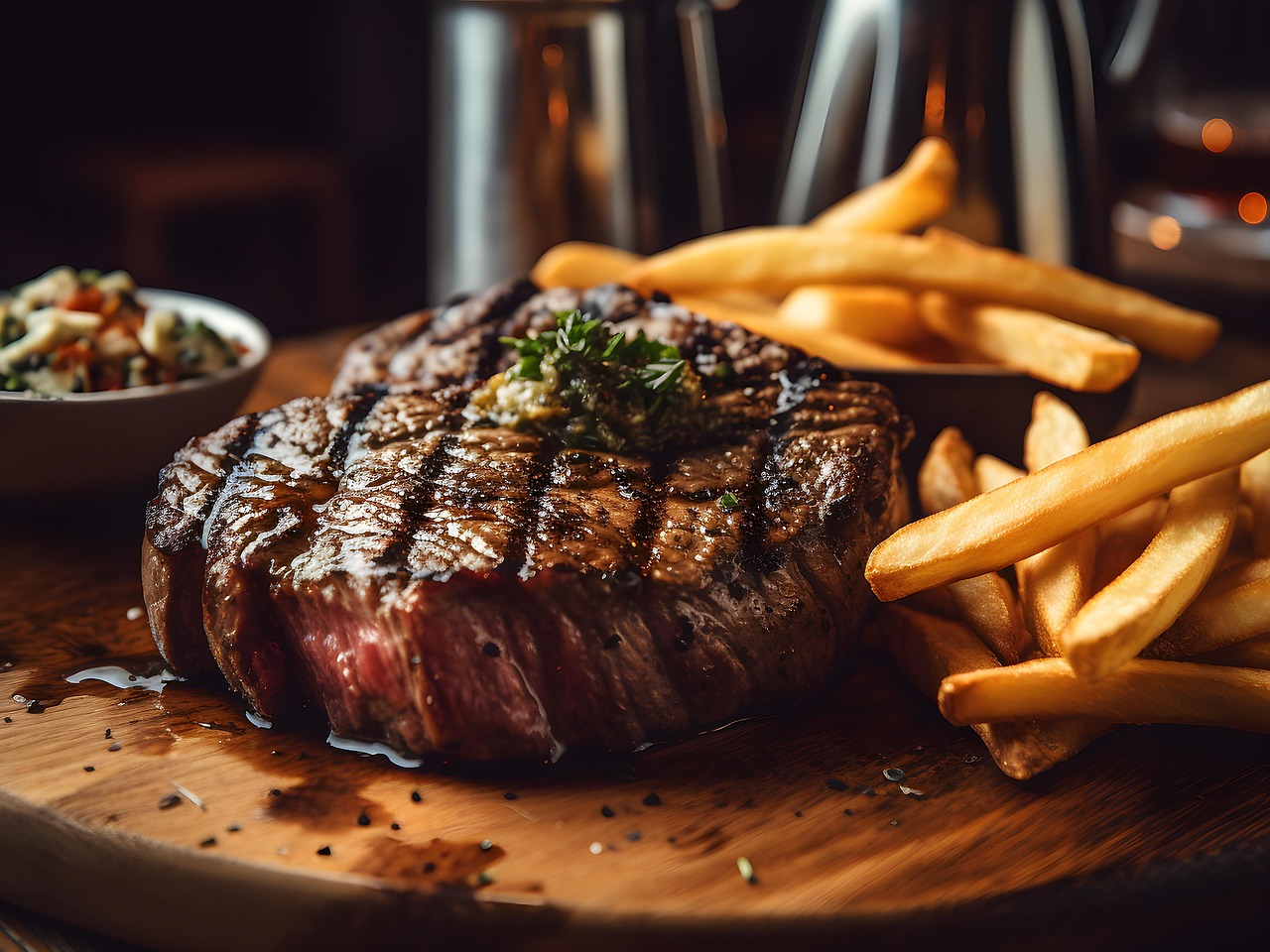
US revisits its export curbs on AI chips
POLICY REVERSAL: After years of tightening restrictions, the decision to permit sales of Nvidia’s H200 chips to China has sparked objections from some Republicans.

AI was behind over 50,000 layoffs in 2025 — here …
Layoffs driven by artificial intelligence have marked the 2025 job market, with major companies announcing thousands of job cuts attributed to AI advancements.
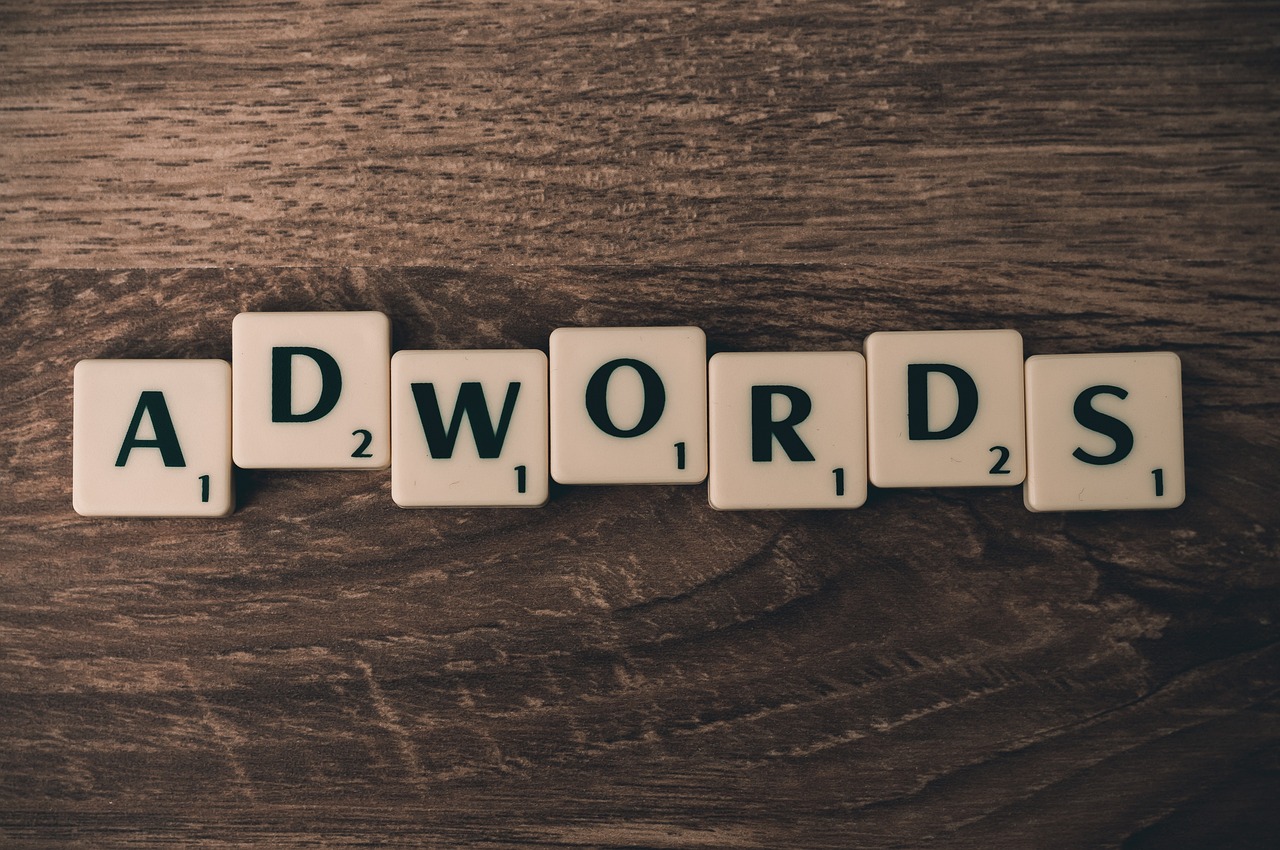
Perplexity SEO Services Launched – NEWMEDIA.COM L…
RankOS™ Enhances Brand Visibility and Citation on Perplexity AI and Other Answer-Engine Search Platforms Perplexity SEO Agency Services New York, NY, Dec

Eric Schmidt's family office invests in 22 AI sta…
An original version of this article appeared in CNBC's Inside Wealth newsletter, written by Robert Frank, which serves as a weekly resource for high-net-worth investors and consumers.

Future of Marketing Briefing: Why 'just good enou…
Headlines have focused on Disney’s billion-dollar investment in OpenAI and speculated why Disney chose OpenAI over Google, which it is suing over alleged copyright infringement.

Salesforce Data Reveals AI and Agents Drive Recor…
Salesforce has released a detailed report on the 2025 Cyber Week shopping event, analyzing data from over 1.5 billion global shoppers.
AI Company
Launch your AI-powered team to automate Marketing, Sales & Growth
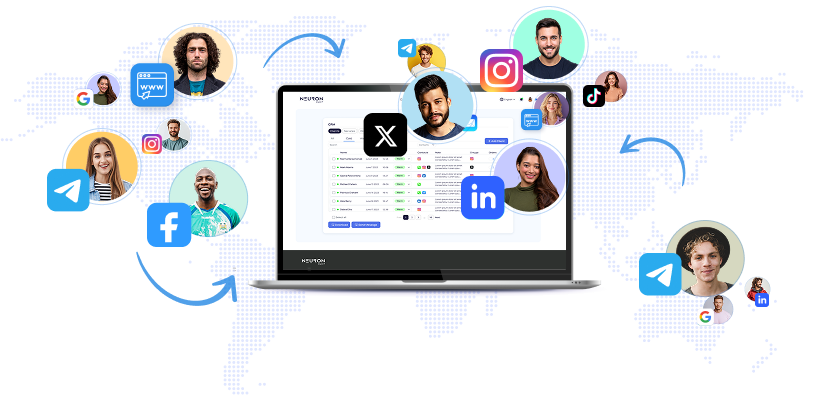
and get clients on autopilot — from social media and search engines. No ads needed
Begin getting your first leads today






